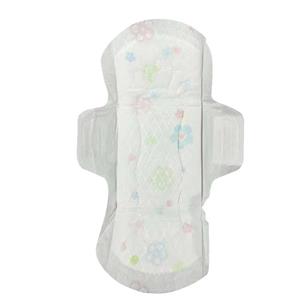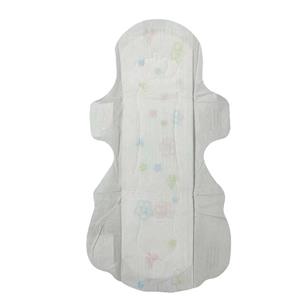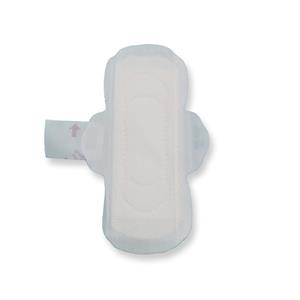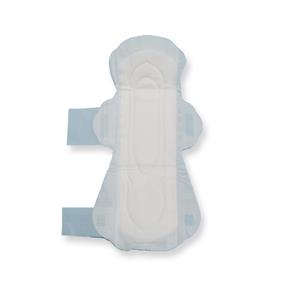What Is The Difference Between Sanitary Napkin And Panty Liner?
The principle of panty liners is very similar to that of sanitary napkins, but they are suitable for different periods of time. It is mainly used to absorb the daily secretions outside the menstrual period to prevent contamination of clothing. The invention of sanitary pad is the extension of sanitary napkin completely, the invention of sanitary pad solved a lot of troubles for female friends. Because the pad is generally small volume, and thin, so the use of the basic will not produce discomfort. It's like a thin, close-fitting cotton towel. Pad basically no absorption effect, it has no wings, round two ends and narrow middle, to avoid vaginal secretions on the underwear, can be used every day.
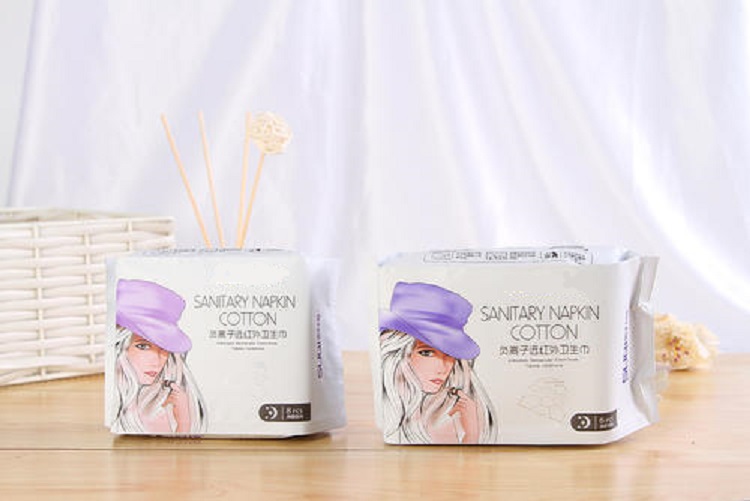
According to GB/T8939, the absorption capacity of panty liner is more than 2 times, and the absorption capacity of sanitary napkin is more than 7 times. However, with the improvement of women's quality and grade requirements of sanitary napkins, the actual absorption of sanitary napkins is several times higher than the national standard. The national standard water absorption rate of sanitary napkins sold in general supermarkets is about 10-20 times, while the sanitary napkins of e-commerce, wechat business and direct marketing channels are the inevitable choice in order to reflect the differentiation of products. Whether it is the actual use experience or the on-site demonstration effect, the absorption amount is generally about 20-40 times.
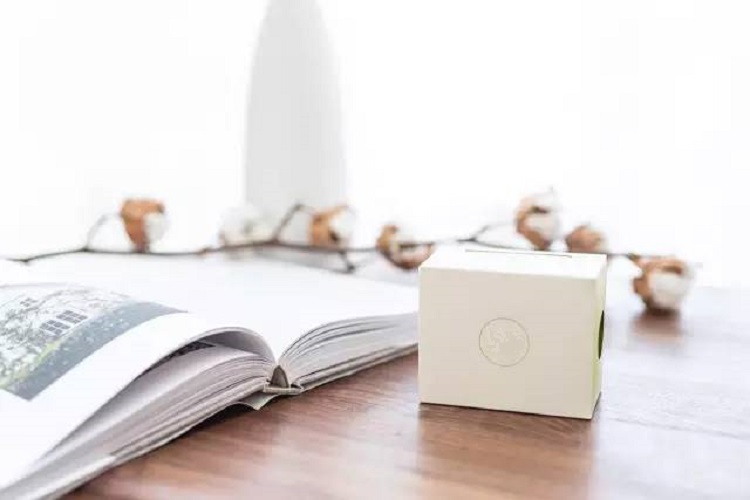
The product structure of panty liner and sanitary napkin is different. The sanitary pad is generally composed of fabric, chip (optional), dust-free paper, bottom film, release paper and envelope. Ultra-thin sanitary napkin is generally composed of fabric, chip (optional), diversion cloth (optional), dust-free paper, SAP polymer composite absorbent paper, dust-free paper, bottom film, release paper, envelop. Thin sanitary napkin is generally composed of fabric, chip (optional), diversion cloth (optional), wet strength paper, villous pulp, polymer, wet strength paper, bottom film, release paper, envelop.

